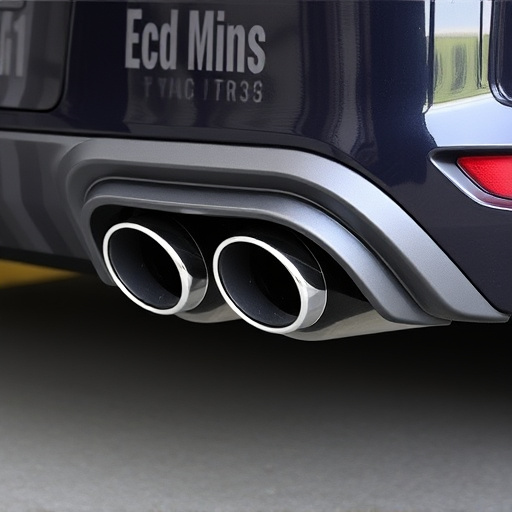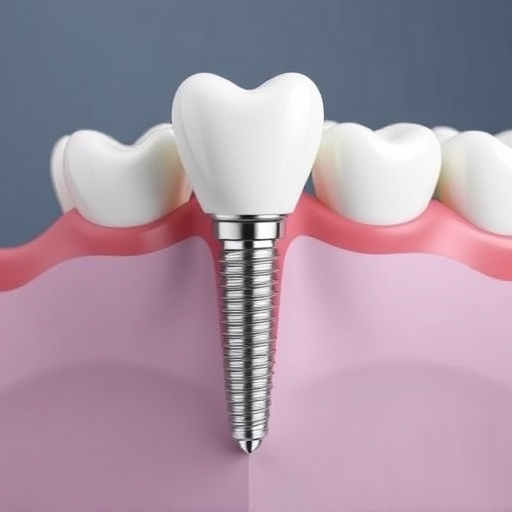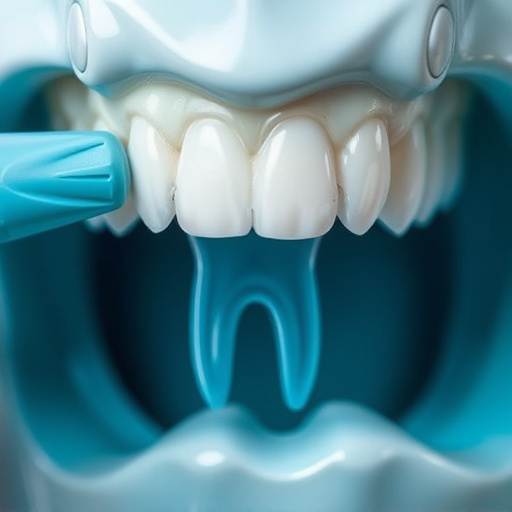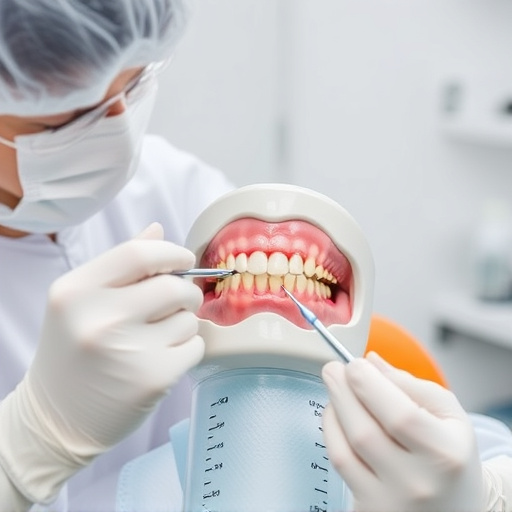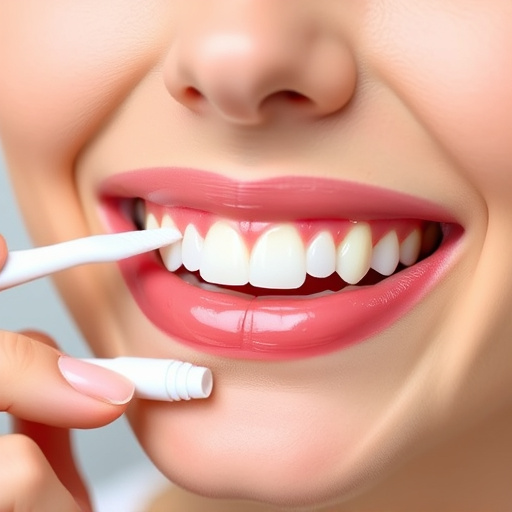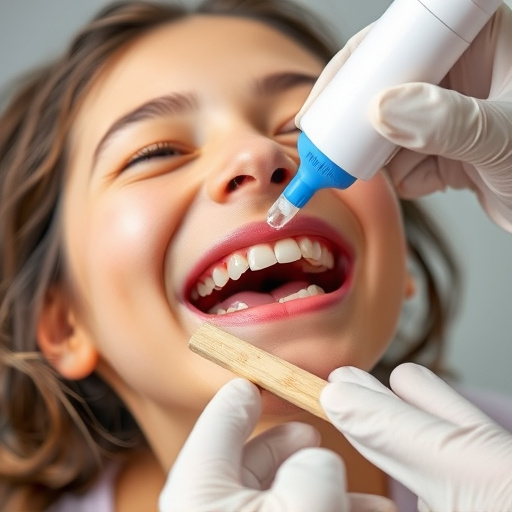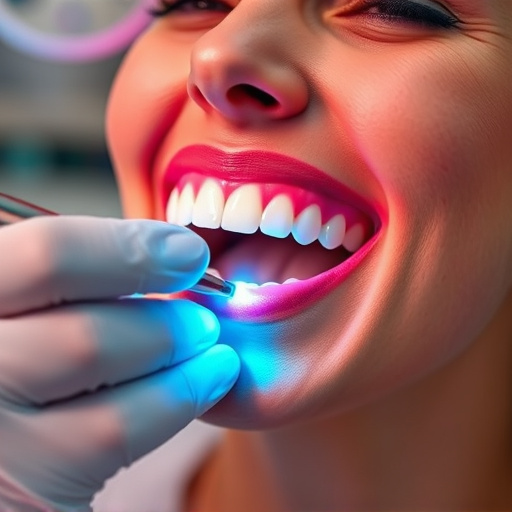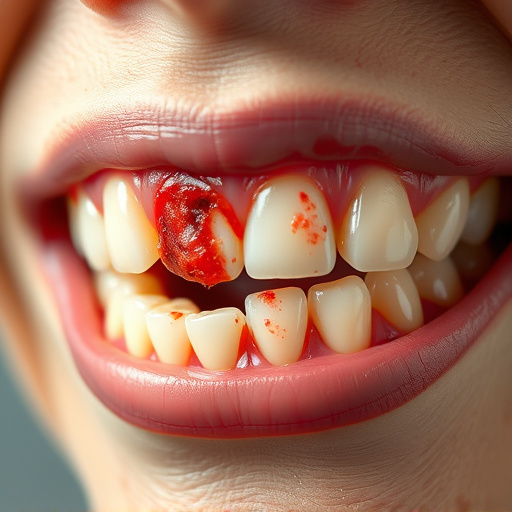The intraoral camera examination has revolutionized family dentistry by providing high-resolution images of teeth and gums, enabling dentists to detect issues like decay or gum disease early. This technology streamlines diagnoses, enhances patient communication, and improves treatment outcomes, particularly in children's dentistry, where clear visual aids reduce anxiety and promote active participation in oral hygiene.
In today’s digital age, clinics are increasingly adopting intraoral camera examinations as a standard practice. This technology offers a wealth of benefits for both patients and dental professionals. By enhancing patient care through improved diagnosis and treatment planning, intraoral cameras facilitate more effective communication and education. This shift towards modern approaches in patient engagement not only streamlines procedures but also empowers individuals to take a more active role in their oral health management.
- Enhancing Patient Care: Benefits of Intraoral Cameras
- Improved Diagnosis and Treatment Planning
- Patient Education and Engagement: A Modern Approach
Enhancing Patient Care: Benefits of Intraoral Cameras
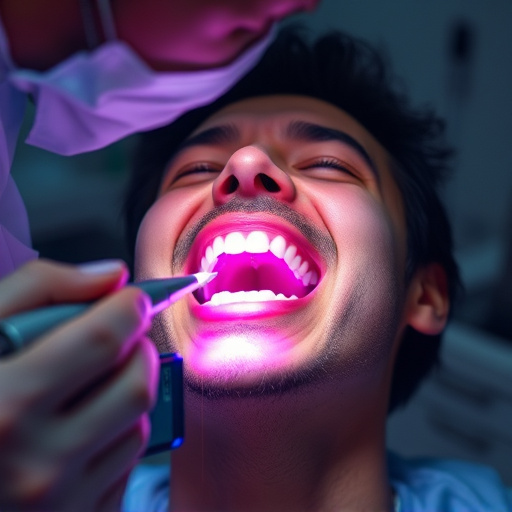
The integration of intraoral camera examination into routine oral exams has revolutionized family dentistry. This advanced technology allows dentists to capture detailed, high-resolution images of teeth and gums, providing a visually accurate and comprehensive view of oral health. By utilizing intraoral cameras, dental professionals can detect even the subtlest issues, such as early signs of decay or gum disease, that might be missed during traditional visual examinations.
Beyond enhancing routine oral exams, intraoral camera technology plays a vital role in emergency dental care. It enables faster and more accurate diagnoses, helping dentists swiftly determine the extent of damage or injury. This not only streamlines treatment plans but also contributes to better patient outcomes. Moreover, by documenting findings with high-quality visuals, intraoral cameras facilitate effective communication between dentists and patients, ensuring everyone is on the same page regarding oral health management.
Improved Diagnosis and Treatment Planning
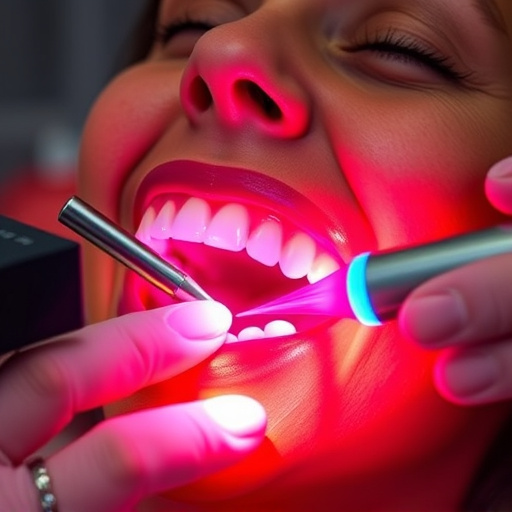
The introduction of intraoral camera examinations has significantly enhanced dental practices across the globe. This technology allows dentists to capture detailed images of a patient’s oral cavity, providing a clearer view of teeth, gums, and surrounding structures than traditional visual inspections. With this advanced tool, dental professionals can now identify issues such as tooth decay, gum disease, or abnormal growths more accurately.
Moreover, intraoral cameras facilitate better treatment planning in both family dentistry and restorative dentistry. Dentists can use the high-resolution images to show patients specific problem areas, enabling better communication and understanding. This visual approach not only educates patients but also ensures they are involved in their dental care, leading to improved compliance with treatment plans. As a result, these examinations contribute to more precise and effective oral healthcare.
Patient Education and Engagement: A Modern Approach
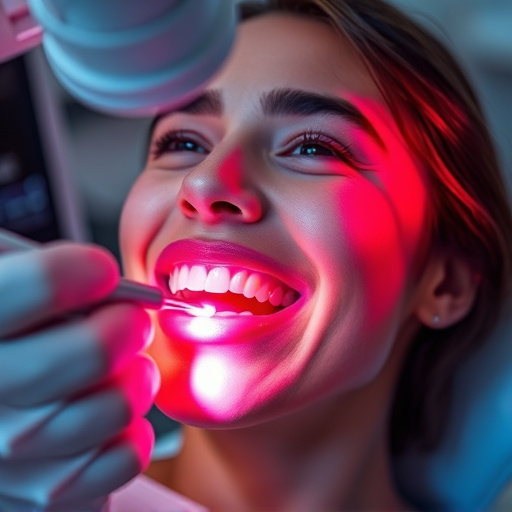
In today’s digital age, patient education and engagement have undergone a significant transformation, primarily driven by advancements in technology. One notable tool revolutionizing dental care is the intraoral camera examination. This innovative approach allows dentists to capture detailed images of patients’ mouths, providing a clearer view of their dental health. By integrating this technology into routine oral exams, family dentistry practices can effectively involve patients in their own care.
The intraoral camera examination facilitates better communication between dentist and patient. Patients can now see what the dentist sees, fostering a deeper understanding of their oral health status. This visual representation encourages active participation in decision-making processes, particularly when it comes to children’s dentistry. Parents can clearly identify areas of concern, making routine dental visits less intimidating and more productive. As a result, patients become empowered to maintain better oral hygiene, promoting overall dental health and well-being.
The widespread adoption of intraoral camera examinations in clinics today reflects a significant shift towards enhancing patient care. By providing detailed, visual insights into oral health, these cameras improve diagnosis and treatment planning, empowering dentists to offer more precise and effective solutions. Furthermore, they facilitate patient education and engagement through clear visualizations, fostering better understanding and adherence to oral hygiene practices. This modern approach not only benefits patients but also streamlines clinical workflows, making intraoral camera examinations an indispensable tool in contemporary dentistry.







